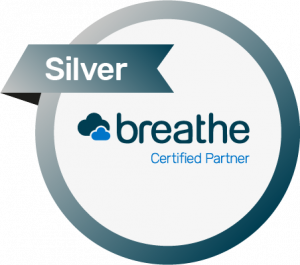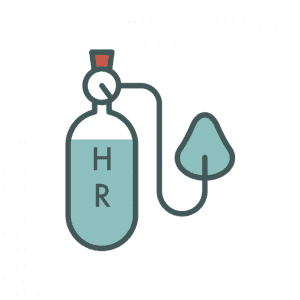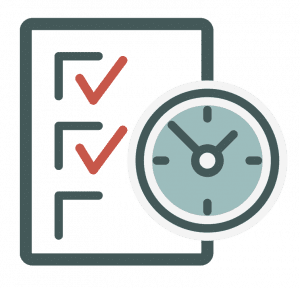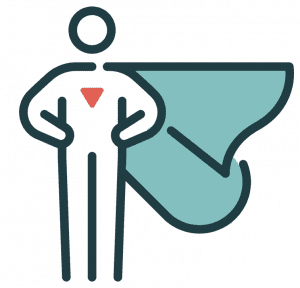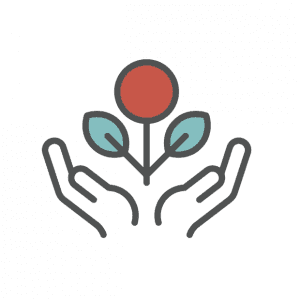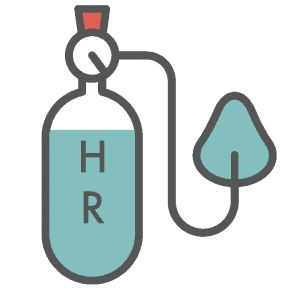As the days get shorter and darker and nights get longer and more drawn out, have you noticed a dip in productivity? If so, you’re not alone. A study in the Harvard Business Review found that January is the least productive time of the year.
41% of those surveyed say their mental health gets worse during the holidays, and one in five seek professional support for managing their mental health. The report says it’s partly a symptom of how energy levels, mood and wider mental health deteriorates in the winter months with harsh weather and the post-Christmas blues beginning to take hold.
Seasonal Affective Disorder, also known as winter depression or SAD affects millions of people each winter, leaving Employers to struggle with low energy levels, mood disturbance, poor sleep and appetite. Add into the mix that people often exercise less in the winter which can lead to less energy and less motivation and the fact that cold and damp weather also make it harder to focus, productivity can take a massive hit!
The New Year brings new business strategies that require planning and goal setting—all of which take time, effort and energy. “Workplace issues that remain unresolved are there waiting for you in January:
- Career stagnation
- Boredom,
- Issues with management or leadership teams,
- Workload or working hours
- Unrealistic expectations
- Lack of appreciation or feeling valued
- Economic uncertainty which leads to a fear of redundancy,
- Burnout and
- Quiet quitting
Therefore, if your employees are in a state of mental, physical and emotional exhaustion, it can make them irritable and prone to mood swings, and of course, far less likely to engage in any meaningful activity along the lines of business planning and goal setting – typically a January activity!
There is a huge amount of research out there that suggests that physical activity is the ticket to combat the winter blues, it makes us feel more energised and increases mood.
He points out that engaging in physical activity triggers the release of endorphins, natural mood lifters in the brain, as well as adrenaline and dopamine. Plus, it improves sleep by regulating the sleep-wake cycle and improves overall mood and energy levels. Engaging in outdoor sports increases us being able to take on natural light and regulate the body’s internal clock, increasing serotonin—crucial for combating SAD. People with SAD need social interactions to reduce feelings of isolation and loneliness.
Creating A Mentally Healthy Workplace
It’s important to know where to go if you need mental health support or where to direct a team member or colleague that might be struggling.
Many organisations provide fast access to mental health and well-being support in the form of an Employee Assistance Program or EAP. With a simple phone call, employees will go through a simple and quick triage call to assess what help and support they need.
Here are our four top tips to boost productivity in January.
- Encourage Good communication. We are more motivated at work when we feel connected to others. Try to create a culture where employees feel comfortable talking about and sharing some of the challenges they face. As business leaders, you can offer support by signposting employees to available resources such as an EAP.
- One-on-one engagement. Many people go through a performance review in December, which often shapes how they feel about their work and career in January. They may have been stewing on it over the Christmas break, too. Check in to see how they’re feeling about it and if there’s any ways you can support them asap in January.
- Flexibility is key. Have a flexible approach to people’s working hours if at all possible, especially at the beginning of the year. As we settle back into a routine, commuting in bad weather can be rubbish. Make sure you are checking in with your team to see if they need to make any changes to their working hours to help with personal and professional commitments. I worked somewhere where people regularly asked to change their hours in summer and winter to accommodate their passions such as Mountain Biking/hiking, which they wanted to do at the beginning or the end of the day in the summer to make the most of the daylight! This demonstrates a greater level of understanding and empathy while also creating a truly supportive work environment. Encouraging people to think about their time-off for the year in January sends a strong message—we value what you do here, but we also value the importance of rest and recuperation and will always encourage you to take your time off!
- Set up a wellness initiative. Well-being initiatives this early on in the year, can act as a catalyst for the year ahead. This can be setting up something as informal as tea, cake and coffee mornings where you make it easy for people to chat and socialise, all the way through to a more formal and structured well-being event. With a strong focus on self-care, reminding people to get outside and spend time in daylight, goal setting for future success, mini-socials, buddy-up systems and water cooler moments—all of which, can help to create a truly supportive and nurturing working environment.




